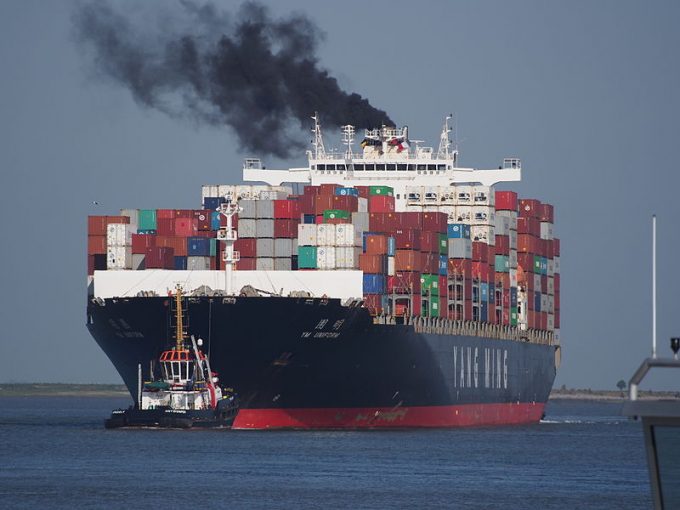Zemba gets things moving, as Hapag-Lloyd signs up for 'greener' shipping
Proving to be more than just idle talk, the Zero-Emission Maritime Buyers’ Alliance (Zemba) has ...

With the entry of the EU’s Emissions Trading System (ETS) into law just over a month away, shipping interests are increasingly grappling with how to apply ‘the polluter pays’ principle.
At a conference in London yesterday, organised by maritime emissions data platform OceanScore, its MD, Albrecht Grell, said there were still a number of questions over “the polluter pays” aspect of the EU ETS that ship owners and operators need resolved.
The questions mainly focus on EU Allowances (EUAs), a type of carbon allowance permitting companies covered by the EU ETS to emit a certain amount of CO2e. EUAs can be bought and sold on the market, and the variable market price of EUAs reflects the cost of reducing emissions.
The idea is that the “polluter”, for ETS it being the ship operator, will pay the EUA cost and be reimbursed by the various stakeholders across the value chain for their individual liabilities.
But, he asked: “Can you make sure they actually pay you?”
Currently there is no regulation on how these costs should be recovered. Some, such as the container shipping sector, are opting for pre-payments in the form of ETS surcharges, but it remains a grey area, considering that the cost of an EUA is unknown and “volatile”, and that carriers intend to begin collecting ETS surcharges some 21 months before they know what bill they are facing.
Mr Grell added: “How are you supposed to request from the charterer? Is he going to send you EUAs or is he going to send you cash? Monthly? Quarterly? Based on what form? It’s not yet set.”
He said challenges had arisen from the complexity of the regulation, especially for smaller players not residing in Europe.
“It’s easy to moan that shipping isn’t prepared, and that shipping is laid back, in this case it’s not shipping’s fault. Shipping is as prepared as it can be in an environment that is what it is.”
As discussed at the end of the latest The Loadstar Podcast, most carriers have said that ETS surcharge estimates were subject to change and likely to be re-stated closer to actual implementation.
Meanwhile, Yang Ming, Cosco and Zim are the latest carriers to release their EU ETS surcharge estimates, and their figures offer some stability to what was an extremely varied table.
With the addition of the these latest carrier estimates, the average – calculated as a mean – surcharge for the Asia to North Europe trade route is €25, with the Asia to Mediterranean trade route average at €16 and the transatlantic at €33.
While shippers and freight forwarders now have a clearer idea of how much ETS will cost them, attention is increasingly likely to turn to whether the surcharges fairly reflect the increased cost for carriers.
Comment on this article
Matthew Gore
November 24, 2023 at 1:08 amhttps://www.hfw.com/EU-Emissions-Trading-System-Evaluating-the-potential-impact-on-shippers-and-freight-forwarders-Nov-2023